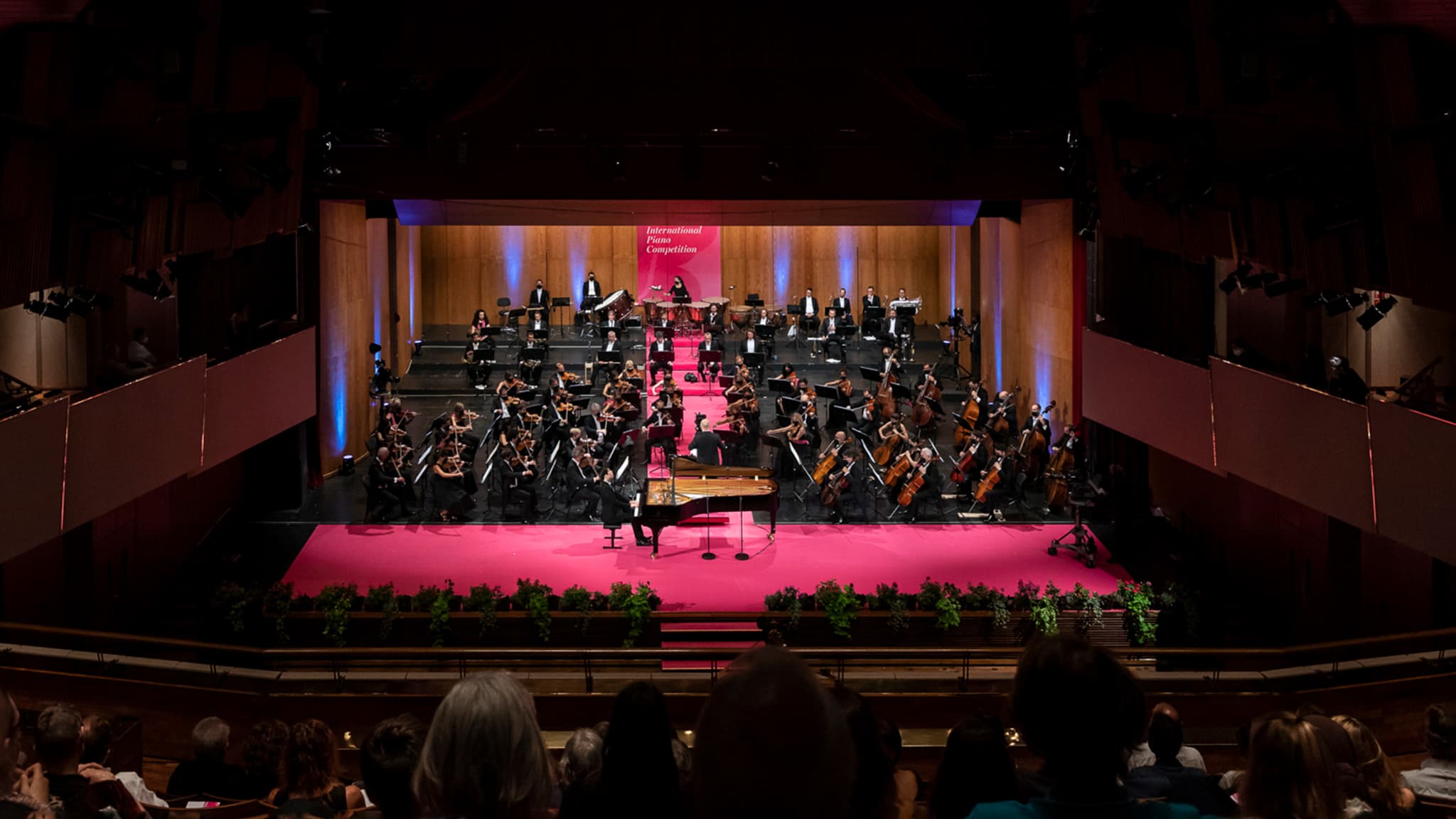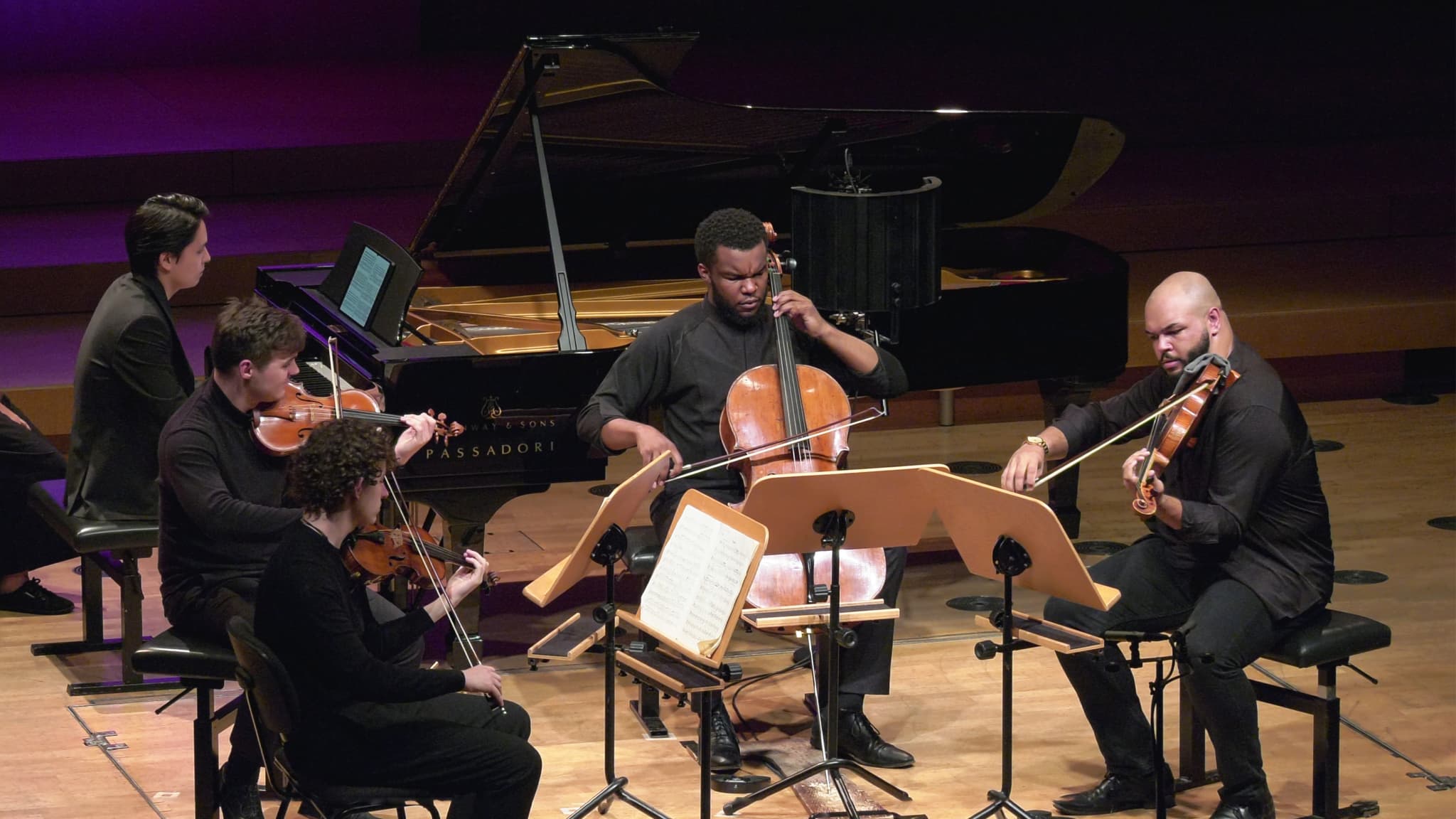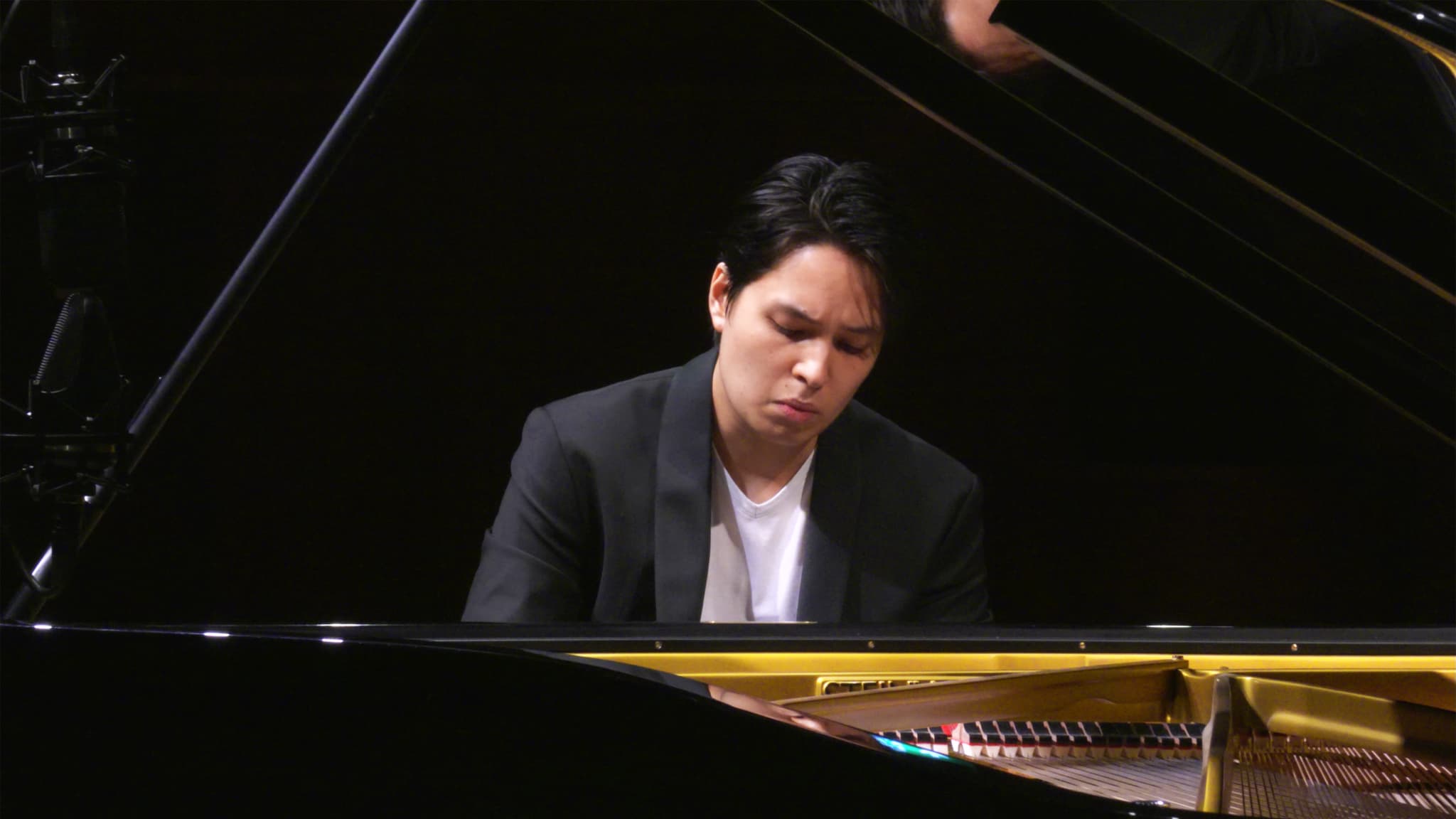Concerts and Operas
AboutFerruccio Busoni International Piano Competition

"Dearest Arturo, what would you think about holding a large international piano competition in Bolzano on the 25th anniversary of Ferruccio Busoni's death? Doesn't the anniverary impose a moral obligation, in every country, to remember and honor the name of this great artist? […] It's a hard endeavor, I know, but I would like to be able to count on your support and your valuable and friendly collaboration."
(Cesare Nordio to Arturo Benedetti Michelangeli, January/February 1949)
These words written by Cesare Nordio, the director of the Conservatory of Bolzano at that time, to Arturo Benedetti Michelangeli laid the first cornerstones for what would become the Ferruccio Busoni International Piano Competition – indisputably one of the most enduring and influential events on today's international music scene. The anniversary of Busoni's death represented the perfect opportunity to create an initiative that would lend the conservatory and his city prestige, which could build something of a bridge between the Italian and German cultures out of the rubble of war, being in line with the influence that Ferruccio Busoni, an Italian artist, held in Germany at the beginning of the twentieth century.
The Ferruccio Busoni International Piano Competition was launched on 12 September 1949. It immediately captured the attention of the contemporary music scene, due in part to the presence of an extraordinary Honorary Committee, which included Claudio Arrau, Wilhelm Backhaus, Alfred Cortot, Walther Gieseking, Dinu Lipatti, Arthur Rubinstein and Arturo Benedetti Michelangeli, who made a considerable sum of money available for second prize. From a one-off competition, it would soon become an indispensable annual event.
In that first competition of 1949, the just-18 Alfred Brendel earned an honorable fourth prize. In 1952 the Busoni Prize (which at the time consisted of a sum of 500,000 lire, 15 concerts and a Schulze & Pollmann grand piano) was awarded to the Roman pianist Sergio Perticaroli. In 1956, First Prize was awarded to Jörg Demus; the following year it went the extraordinary sixteen-year-old Martha Argerich. A piano-composition competition also took place in some years: the performance of fourteen-year-old Maurizio Pollini aroused amazement in 1956, when he replaced Giorgio Vidusso in the difficult task of performing the works chosen by the jury at the very last moment.
In the 1960s, European pianism opened up to the U.S. school with First Prize going to Jerome Rose (1961), Michael Ponti (1964), Garrick Ohlsson and Richard Goode (First and Second Prize, respectively, in 1966), Ursula Oppens (1969). In the 1970s the First Prize of Brazilian Arnaldo Cohen (1972) stands out, while in the eighties Louis Lortie (1984) and Lilja Zilbernstein (1987) were unanimously awarded First Prizes, which launched great careers. The Russian school dominated the 1990s, with wins by Anna Kravtchenko (1992), Alexander Shtarkman (1995) and Alexander Kobrin (1999). In 2002 the competition changed structure, inaugurating its biennial structure.






